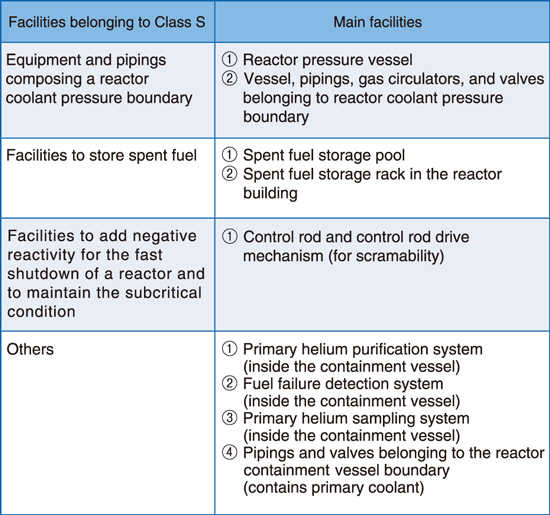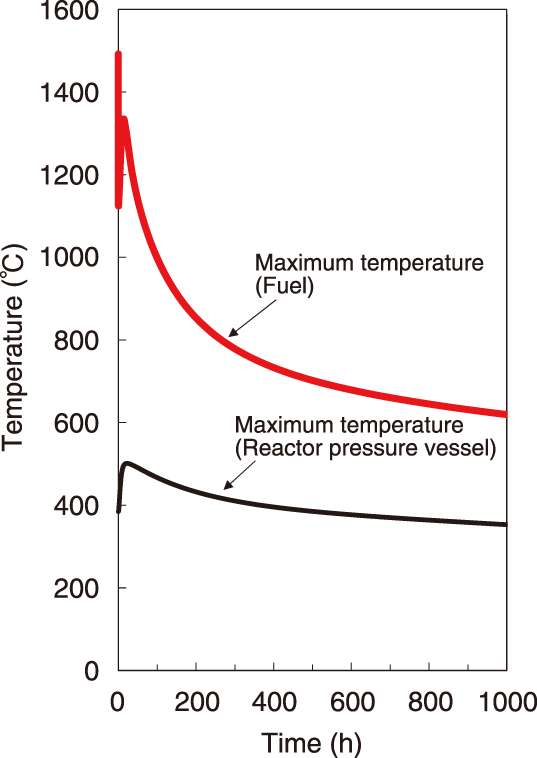Table 6-1 Classification of the HTTR facilities (Class S)


Fig.6-2 Validation evaluation of the new seismic classification
For nuclear plants, a seismic classification is classified for each facility, and seismic integrity evaluation is conducted using the seismic force corresponding to each classification. The seismic classification has three classes S, B, and C in which different degrees of seismic force are used for the evaluation. Facilities belonging to classes S, B, and C must maintain strengths of 3.0, 1.5, and 1.0 times, respectively, greater than those of the conventional industrial facilities. The acceleration of the seismic motion of the HTTR was 350 Gal at the design stage. After the Great East Japan Earthquake in 2011, the seismic motion acceleration was set to 973 Gal, which is approximately thrice the previous value. The experiences of the Earthquake show that seismic forces tend to increase. Thus, if a facility is classified into a class that is higher than necessary, its seismic evaluation will be conducted using a larger seismic force.
The seismic classification of the HTTR was formulated in the late 1980s. Because of the lack of operational experiences to sufficiently understand the safety characteristics of the HTTR, the seismic classification of commercial LWRs was applied to the HTTR. However, subsequent operational experiences and test results clarified that the seismic classification was slightly too conservative. Therefore, the seismic design of the HTTR was revised according to current technical knowledge.
The seismic classification of Class-S facilities, as listed in Table 6-1, was prepared to maintain their function even if the safety functions of class-B and class-C facilities are lost because of an accident caused by an earthquake. Thus, accidents are safely controlled without excessive radiation exposure of the public. To validate the new seismic classification, the cooling behavior was evaluated under the malfunction of class-B and class-C facilities. With reference to the criteria of the design basis accident, the maximum temperatures of the reactor pressure vessel must not exceed 550 ℃. The evaluation result is shown in Fig.6-2. The maximum fuel temperature initially decreased to 1114 ℃ after reactor scram and increased again, but it never exceeded the limit temperature of 1600 ℃. In addition, although the maximum reactor pressure vessel temperature reached 502 ℃ on the sidewall, it never exceeded the limit temperature of 550 ℃. The effective dose equivalent was approximately 3.0 mSv during the accident.
In conclusion, the validity of the newly proposed seismic classification was verified. In June 2020, the Nuclear Regulation Authority in Japan confirmed that the seismic classification conformed to the standard rules for reactor installation changes.
(Masato Ono)
<Previous: 6 HTGR Hydrogen and Heat Application Research | Next: 6-2>